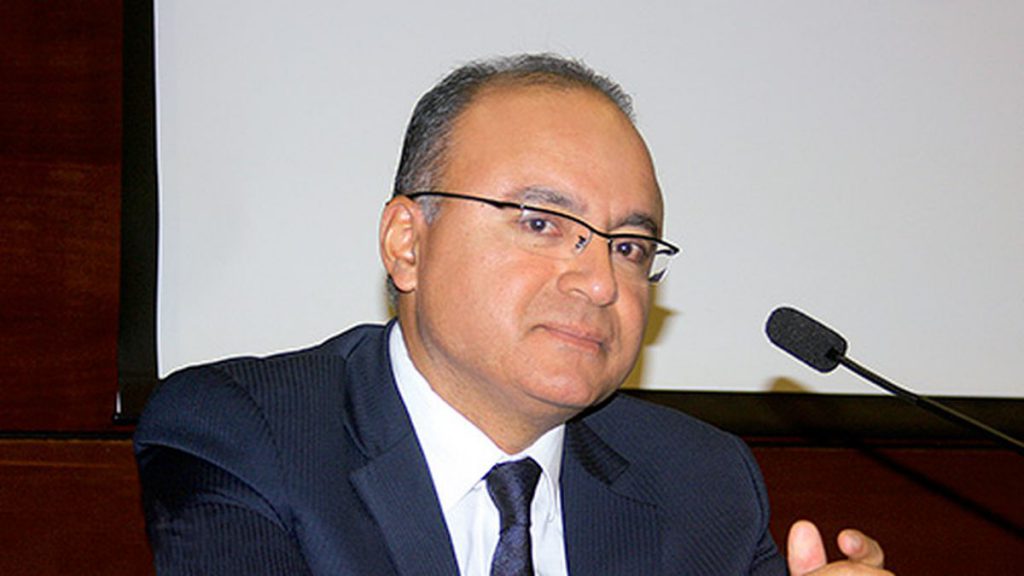
How is the state of emergency affecting Peru and the mining industry in particular?
From a health perspective, the crisis caught Peru in a precarious situation, as at the beginning of the pandemic we only had 200 respirators; as of mid-April there are 500 respirators in the country, and around 143 are being utilized. Additionally, we do not have enough covid-19 tests, hence there is not sufficient information available on the main contagion trends.
The lockdown on March 15th caught the mining industry by surprise. The sector presents its own peculiarity, with isolated camps where miners work and live on shifts that are typically 14 days long, with seven days off. To adapt to the pandemic, these shifts could be extended to 30 days’ work and 15 days off, or to even longer periods like in the 1990s, if the mining workers agree. Extended shifts will be the new norm when the industry reopens during 2020, with a very strict protocol to control people and cargo movement. The local communities are afraid of coronavirus reaching the High Andes, so we need to assure their safety as well.
Would it be very difficult to extend these protocols to all suppliers and contractors?
Surely, the mining industry cannot operate as a fully isolated entity. On top of energy supply, it needs cement, chemical reagents, explosives and many other elements; while the final product, be it concentrate or cathodes, needs to be sent out to the markets. I think we will see a consolidation period whereby mining operators will try to work with less contractors. In any case, contractors should be able to follow the same shift model as the mining operators themselves.
With mines shut down for a period of one to two months in the best-case scenario, how will companies try to improve production once the state of emergency is lifted?
Every mine is different. In some cases, you can modify your production plan to go to areas with higher grades. In others, if companies have excess capacity in their process plant and their mining fleet, they will probably push for higher volumes. I believe all players will do everything they can to make up for the lost time. The problem is that, with the exception of gold, and to a lesser extent silver, metals are trading at lower prices than at the beginning of 2020. It is positive that China is reopening, but we also need the U.S. and Europe to come back to normal. Under the current circumstances, I cannot predict how metal prices will behave over the next months.
The Peruvian government has been praised for tackling the pandemic quickly. How can a balance be made between public health and economic policies?
Certainly, this situation is new for everybody, so, while we are all making mistakes, we should not be criticizing. The central government has been right to lead the process, but the highly-fragmented nature of the Peruvian administration makes it very difficult to coordinate the right initiatives at the regional and local levels.
Peru has kept macroeconomic consistency over the last 20 to 30 years, so from a financial perspective we have a more solid position than 30 years ago. Having said that, mining operations, big construction projects, agricultural fields and the fishing industry should all come back to work in the coming months with very strict safety protocols. If these industries fail to restart, the Peruvian State will be spending the resources accumulated over the last three decades. That needs to be taken into consideration.
How can the State protect its citizens considering the high levels of informality in Peru?
Just looking at the mining industry, informal gold mining employs around 500,000 heads of family, which is a very large number. Surely, it has continued to operate during this crisis. Only by increasing productivity will these people be persuaded to join the formal system. If we achieve that, formalization will create a virtuous circle, as these miners will have access to credit, they will be able to buy new equipment and develop as entrepreneurs.
Will this crisis accelerate the introduction of new technologies to increase automation?
In this moment, people is our first priority; the second priority is keeping the essential care and maintenance on our sites; the third priority will be to restart mining operations; and just when we have a stable operation, we will look at new technology and efficiency measures. Right now I do not think it is the right moment to incorporate disruptive changes that would involve big job losses. The adoption of new technology will have to happen step by step.
(This article first appeared in the Global Business Reports)
Comments